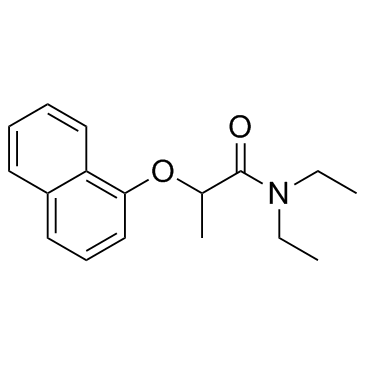| 结构式 | 名称/CAS号 | 全部文献 |
|---|---|---|
 |
草萘胺
CAS:15299-99-7 |
|
 |
抗坏血酸氧化酶
CAS:9029-44-1 |
| 结构式 | 名称/CAS号 | 全部文献 |
|---|---|---|
 |
草萘胺
CAS:15299-99-7 |
|
 |
抗坏血酸氧化酶
CAS:9029-44-1 |